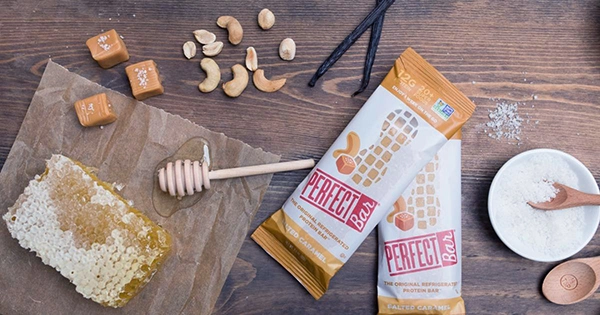The majority of us could use a bit extra fiber in our diets, and adding it without sacrificing the taste of a food may get a lot simpler soon.
Australian researchers at RMIT University have created a modified starch product that can be added to food without changing its flavor, appearance, or texture.
Its name is FiberX, and local starches including wheat, corn, and cassava were used to make it. Similar to genuine fiber, it doesn’t break down in the human gut, allowing bacteria in the colon to ferment it and possibly enhancing digestion.
The creators of FiberX claim that it can be used to improve the health of low-fiber foods like cakes and pizza as well as low-calorie and low-glycemic index foods (how quickly a food raises glucose levels, which is important for those with diabetes). It can also be prepared without using gluten.
According to food technologist Asgar Farahnaky, an associate professor at RMIT University, “We can now add more fiber to meals like white bread and other staples without affecting the taste or texture, which has been one of the main difficulties with many commercially available fiber supplements to date.”
“Once applied, our product is barely noticeable. It’s comparable to a parent sneaking vegetables into their child’s supper to make it healthier.”
According to taste tests, the researchers claim they could add up to 20% more fiber to foods using FiberX before anyone detected a difference in flavor or texture. That is a substantial sum.
The molecular structure of starch was altered to create FiberX, which was then tested with digestive enzymes to evaluate how it would perform in the body’s digestive system.
According to food scientist Mahsa Majzoobi of RMIT University, “Once the resistant starch goes through this process, it needs to have high levels of resistance to be counted as a successful conversion to dietary fiber.”
Currently, this process can convert around 80% of the initial starch into the nutritional fiber. Before FiberX is scaled up and mass-produced, the team is currently investigating greener, chemical-free ways to apply this conversion.
Fiber is a carbohydrate that the human gut cannot digest, which has the benefit of enhancing the digestive system’s performance and maintaining its health. It is known to lower the risk of cardiovascular disease and help avoid obesity and type 2 diabetes.
According to the researchers, FiberX has advantages outside just positive effects on health. For instance, the enormous volumes of waste generated as a result of the manufacture of plant proteins can be converted into dry pulse starch and then FiberX.
Although there are still many steps to be taken before FiberX can truly emerge in diets, the research team is cooperating with the Microtec Engineering Group to work on getting it out of the lab and into practical products, and at a competitive price.
It will be crucial to determine how this modified starch affects the microorganisms that reside inside of us as natural fiber has a significant impact on how our gut microbiota functions.
The same researchers examined the various methods for altering cassava starch in a review that was recently published in Food Hydrocolloids, and they discovered evidence of multiple health advantages for the more robust varieties of cassava starch.
“This new technology means we can increase the amount of fiber that goes into the food so we can receive our recommended daily intake, even while consuming less foods, which has potential to help with weight management and diabetes,” says Farahnaky.















